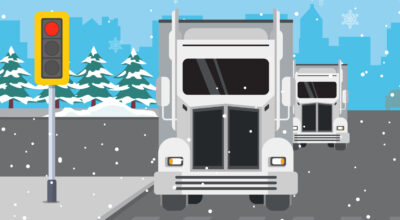 Infographics
Infographics
Winter Safety Starts Here: Tips for Safer Winter Driving [Infographic]
Winter driving and working conditions can be unpredictable, but with the right precautions, everyone can stay safe on the road. Whether you’re behind the wheel or supporting drivers, preparation makes all the difference. Check out our infographic to stay safe on the road this winter